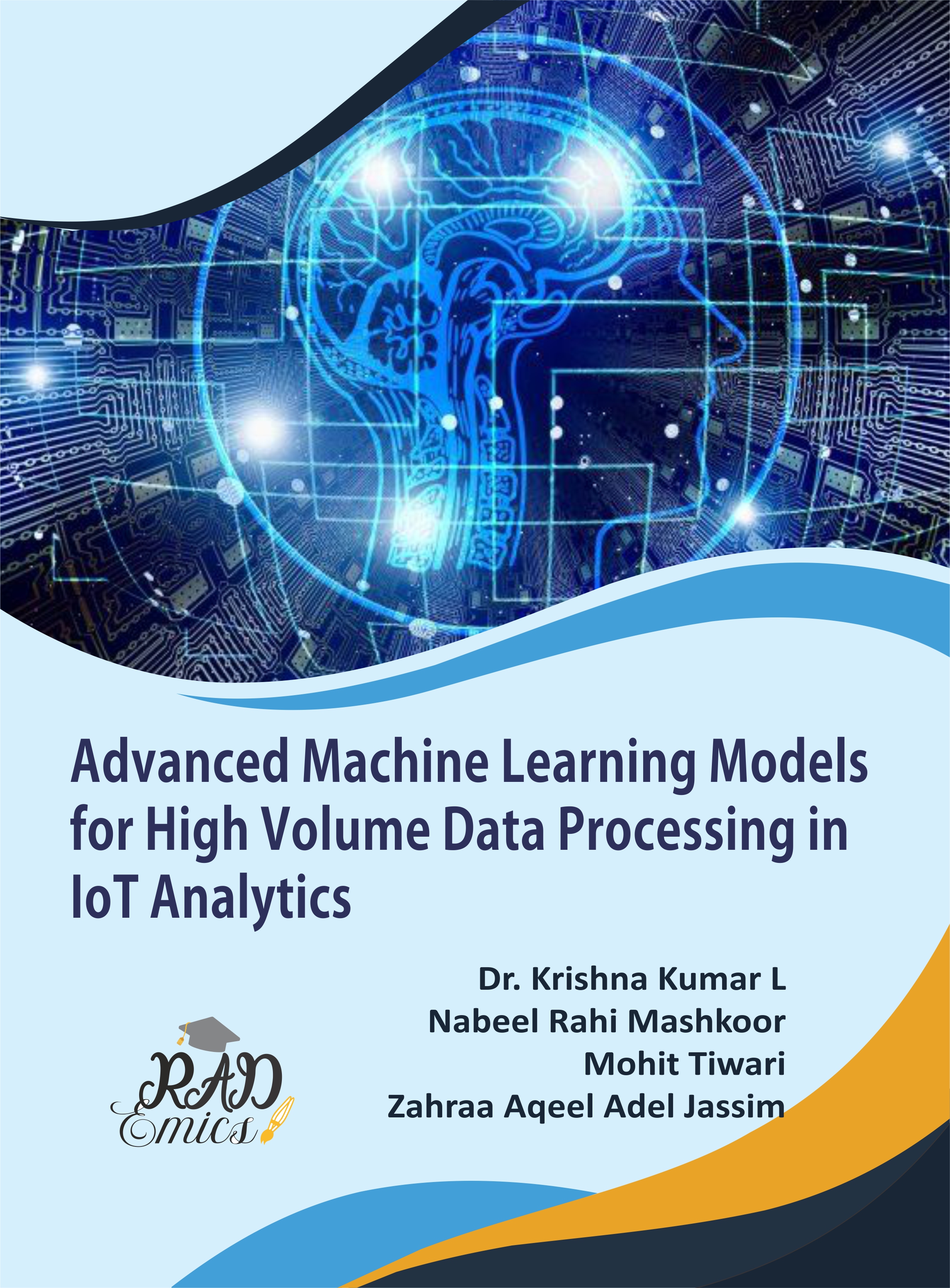
Abstract
The proliferation of IOT devices has resulted in an unprecedented influx of high-volume and high-velocity data, necessitating advanced analytical methods to extract actionable insights. Ensemble learning, a powerful technique that combines multiple models to enhance predictive performance and robustness, has emerged as a critical approach for managing the complexities of IoT data. This chapter provides a comprehensive examination of advanced ensemble learning methods tailored to the unique challenges of IoT environments. Key topics include the fundamentals of ensemble learning, addressing scalability and real-time processing issues, and the application of error reduction techniques. The chapter also explores the integration of ensemble methods in diverse IoT applications such as energy management, predictive maintenance, and anomaly detection. By analyzing state-of-the-art techniques and identifying current research gaps, this chapter offers valuable insights into the evolving landscape of ensemble learning in IoT. The discussion includes advancements in hybrid and dynamic ensembles, meta-learning strategies, and future directions for leveraging these methodologies to improve accuracy, efficiency, and scalability in IoT systems.
Introduction
The IOT has rapidly transformed various sectors by embedding connectivity into everyday objects, leading to an explosion of data generated from sensors, devices, and networks [1-3]. This deluge of data, characterized by its volume, velocity, and variety, poses significant challenges for data analysis and decision-making [4]. As IoT systems collect and transmit vast amounts of information in real-time, the need for sophisticated analytical techniques to process and interpret this data becomes increasingly critical [5]. Ensemble learning, a technique that combines multiple models to enhance predictive performance, has emerged as a key approach to addressing these challenges [6]. By leveraging the strengths of various algorithms, ensemble methods can provide more accurate and reliable insights from the complex and dynamic data typical of IoT environments [7].
Ensemble learning methods such as bagging, boosting, and stacking have demonstrated considerable success in improving model performance across various domains [8]. Bagging, or Bootstrap Aggregating, involves training multiple instances of the same model on different subsets of data and then aggregating their predictions to reduce variance and overfitting [9]. Boosting methods, including AdaBoost and Gradient Boosting, focus on sequentially correcting the errors of previous models to enhance predictive accuracy [10]. Stacking, or stacked generalization, combines predictions from multiple base models using a meta-model to achieve superior performance [11-13]. These techniques offer significant advantages in handling the high-dimensional and noisy data characteristic of IoT systems, making them valuable tools for effective data analysis [14].